PrintWeek Awards 2025: Panel discussion on women prowess in the industry
The conversation centred on how female leaders in the industry are redefining efficiency and innovation in print. Agrawal highlighted how women have to be the changemaker in the industry and create a favourable ecosystem. Across the panel, they believe that a change, albeit slow, is trickling in
29 Oct 2025 | By Sai Deepthi P
Moderator Vinita Bhatia, editor, Campaign India, opened the session by acknowledging the limited presence of women in the printing industry, a reality that continues to warrant deep reflection.
Gender bias and the need for standards
Kaveri Satija, head of operations at Janvi Arts, shared that two assumptions shadow most women in print: first, that they will not last in the industry; and second, that subordinates, particularly men, hesitate to accept their direction. She was met with disdain when she insisted on following basic standards like correct job names, dates, and quality checks. Yet, this disregard strengthened her resolve to advocate for standardisation in a field she felt lacked it. Designers often resisted correction, assuming their work was flawless, until quality control forced them to comply. These experiences, she said, drove her to bring structure and accountability to creative workflows, where ego and speed frequently eclipsed precision.
Asked if she faced similar resistance early in her career, Nidhi Agrawal, CEO and co-founder of DesignNBuy, recalled that when she began, the concept of a “woman entrepreneur” was still nascent. Her ambition was to build a brand that could stand alongside international peers. Agrawal argued that many biases begin internally: “We grow up in a male-dominated society and sometimes don’t challenge ourselves enough.” For her, equality means equal competence and consistency, not preference. Once women bring equal intelligence and persistence to the table, she said, scepticism transforms into respect.
Agrawal further added that inclusivity shouldn’t be a corporate initiative; it must be a part of everyday culture. Recalling a milestone moment, she shared that when her firm became a multinational in 2014, all three of her male co-founders unanimously voted her as CEO. She encouraged companies to bring more women into leadership roles, stating that women have “so much more to offer to every company they’re part of.”
Navigating corporate and family businesses
Tania Hansoti, marketing director, S Kumar Multi Products, described her transition from advertising where women held many senior roles to a family-run printing business of 150 employees, which had only two women: herself and the receptionist. Despite this disparity, she was empowered by her father-in-law and husband to independently lead her department.
During business pitches, clients would often dismiss her authority, insisting on speaking to a “technical person.” When she started standing her ground, over time, her confidence and results silenced the doubters.
Determined to change the gender ratio, she began hiring more women based on merit and intent to learn. She observed that respect naturally follows competence, regardless of gender. Hansoti also noticed that as packaging became central to marketing strategies, clients’ teams evolved too with more women leading design and brand discussions. This external shift, she said, helped change internal perceptions within her own company.
When asked how she dealt with internal pushback while hiring more women, Hansoti explained that job postings were never gender-specific, but she ensured realistic expectations were set, particularly regarding factory commutes and daily schedules. Creating a safe and comfortable environment was key.
Data and ground-up trust
Responding to a question on whether entry barriers for women from outside the industry have eased, Yashwi Jain, technical business developer at Sequoia Print, said acceptance has been slow but steady. Coming from a computer science background, she relied on data and systems thinking to build credibility. Rather than disrupting processes from day one, she began at the ground level by observing operations, talking to machine operators, and introducing small, data-driven improvements that made their jobs easier. She reduced pre-press time by up to 40% and provided management with better production data. “You don’t have to be the loudest in the room,” she said. “Be fluent, adaptable, and navigate obstacles calmly.”
Jain elaborated that while building an AI-based production database, her lack of initial printing knowledge had been a disadvantage. Determined to bridge that gap, she used her savings from a software job in the US to take a three-month offset printing course in Germany, learning every detail from plate chemistry to colour science. The training gave her the confidence to answer technical questions decisively.
During one exercise on an old manual press, she became distracted, her fingers caught between two cylinders, and she fractured them requiring 20 stitches. The accident became a critical learning moment. Upon returning, she banned phones on the shop floor and refined employee role assignments based on focus levels. She observed that women with structured schedules, especially mothers, excelled in precision-heavy roles like quality checks, as they worked efficiently and without distractions. This insight shaped her philosophy of matching focus-intensive tasks to employees best suited for them.
The step up
Bhatia next reflected on how each panellist had entered print from non-traditional backgrounds — engineering, advertising, literature, or computer science and asked whether their lack of “industry-specific” credentials intensified sexism.Satija admitted that early on, people dismissed her expertise. To counter this, she learned hands-on, operating presses herself and observing technical setups. Once she demonstrated mechanical knowledge, sceptics began to respect her input. “It doesn’t come easy,” she said, “but once you bridge that gap, everything changes.” She recalled being treated rudely at times, even having sheets thrown at her, but she refused to quit.
Agrawal followed, recounting how she faced both gender and age bias when promoting automation 15 years ago. Convincing owners with decades of manual experience was tough, but she won them over by offering free prototypes and proofs of concept, showing measurable time savings. She emphasised that saving time is often more valuable than saving money, as it frees owners to focus on strategic growth. Her perseverance gradually established her authority and opened doors for other women in tech-driven print.
Bhatia then turned back to Hansoti, asking whether she had introduced mentorship models to accelerate women’s growth across departments. Hansoti explained that while cross-departmental shifts are rare due to the technical nature of roles, she has consistently run mentorship initiatives through her alma mater in Ahmedabad. Each year, she hosts four to five interns, ensuring at least two are women. “It’s a small start,” she said, “but they almost always outperform the boys.”
Proof over perception
Closing the discussion, Bhatia asked whether women have to work harder than men to prove themselves. Jain responded that while she dislikes framing it as a burden, the reality cannot be ignored, women in decision-making roles are still rare, and earning trust often demands consistent proof of ability. “You need to hold your ground,” she said, “and not leave room for doubt.”
Together, their experiences reflected how women in print are not just adapting to the industry, they are actively redefining its standards of efficiency, innovation, and leadership.


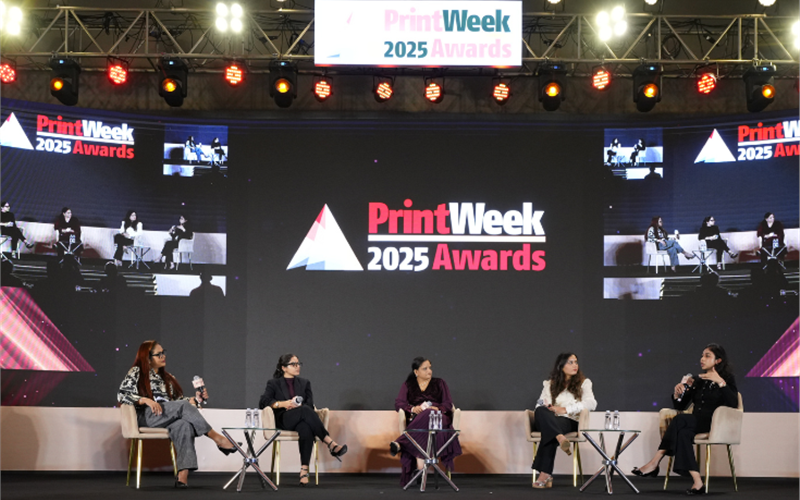
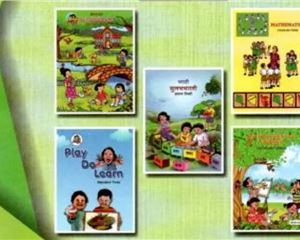
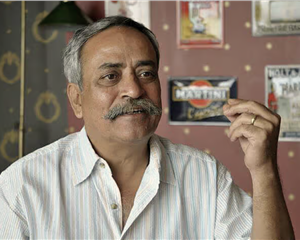
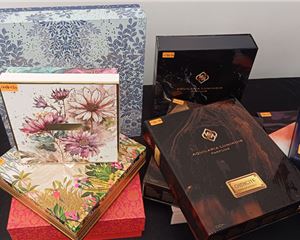
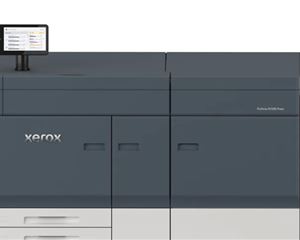
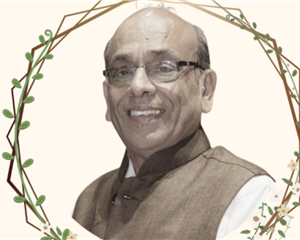
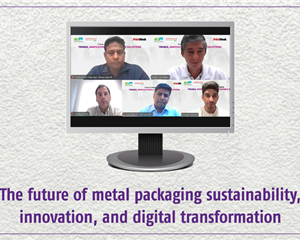


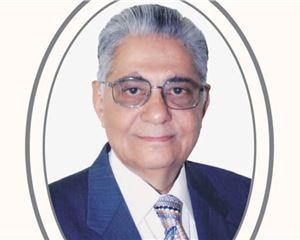
 See All
See All